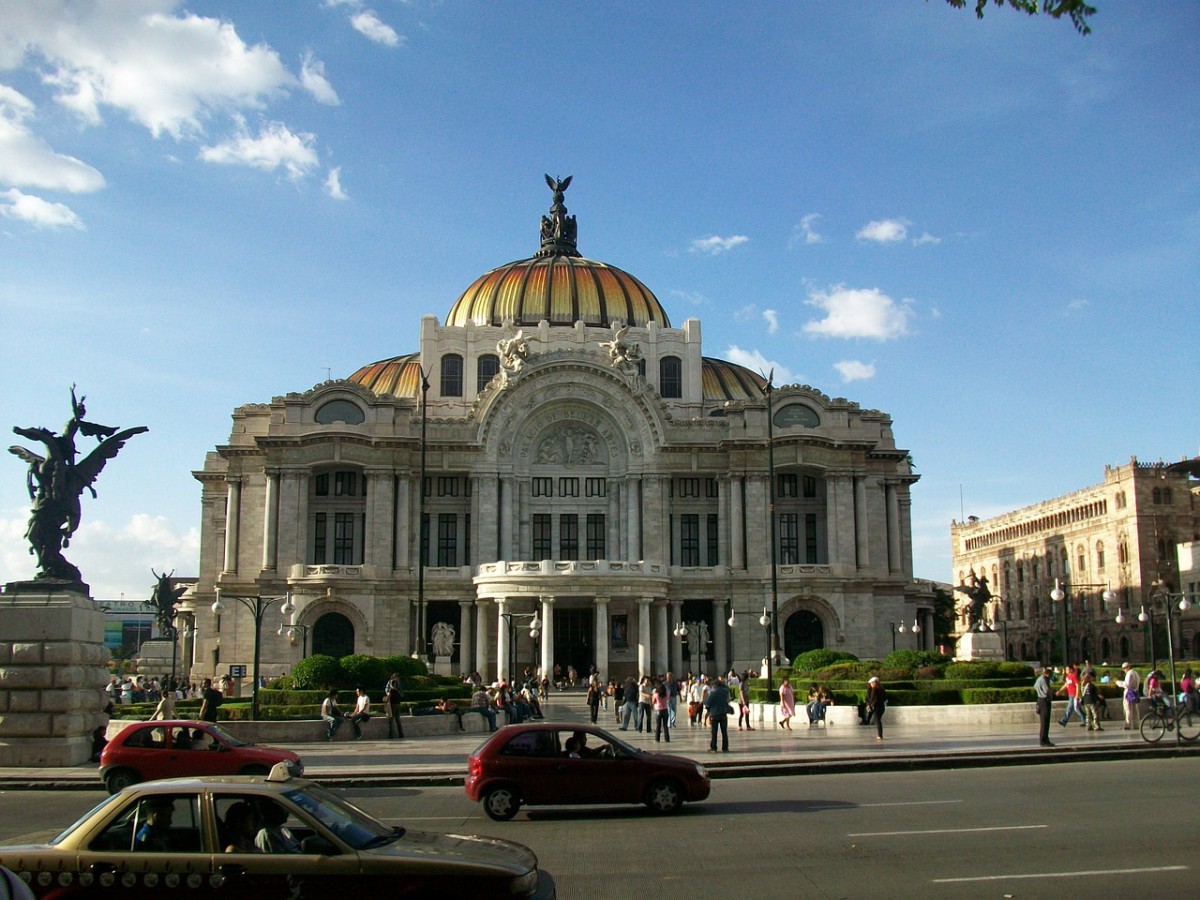Two of the biggest reasons given for a lack of traveling in one’s life are a lack of time and a lack of money.
Time is tough to tackle–you can plan trips in advance and take off work, but sometimes big things come up and complicate things. Coordinating schedules with significant others, children, friends, family, etc. adds another burden.
Money, however, is no excuse. You don’t have to make six figures to travel the world and explore–in fact, with the use of some handy travel hacks, you can save a good bit of money in the coming year.
With 2017 in full swing and this year’s travel trends already covered in a previous entry, it’s time to look towards not just what you can expect when you’re traveling in 2017, but how you can save money doing it.
Freeze a Bottle or Two to Save on In Flight Purchases
The 3-1-1 rule implemented by the TSA has made bringing drinks onto planes trickier in recent years. Sometimes a few ounces of water or Gatorade or an energy drink isn’t going to cut it.
A solution that seems to evade many people is simply freezing your bottles. As per TSA rules, a bottle of liquid may be brought onto the plane so long as it’s frozen solid by the time you reach your checkpoint. That’s not always a given, as wait times are often long in these lines, but freezing your drinks ahead of time will keep you hydrated (or energized) and save you money.
Check Prices Before You Buy
This one more than likely seems like an obvious way to save cash, but it’s often ignored in lieu of efficiency. Check other websites and airlines for cheaper flights, even if it means a slightly longer layover or an earlier departure time.
You also may want to consider using a site like Hipmunk, which compares prices, departure times, layovers, flight time, and combines them into an aggregate score called “Agony.” As you may suspect, lower agony flights are usually those with less in between time and more regular flights schedules.
Stopovers Can Double Your Vacation
You’ve obviously heard of layovers–they’re a flyer’s worst nightmare. You’re stuck in some random location for a few hours with nothing to do but sit around in the airport and maybe grab a bite to eat before you’ve got to return and prepare to reboard. They are a necessary evil during which you can accomplish little other than catching up on that show you’ve been binging on Netflix or knocking out a bit of work.
But stopovers are a different ballgame. If your layover extends beyond what one normally would consider to be a layover (usually 24 hours), you’ve entered the realm of stopovers. You’ve also effectively doubled your vacation.
Many airlines offer free or cheap stopovers–IcelandAir actually features free 7 day stopovers, even going so far as to provide you with a free Stopover Buddy who accompanies you for the day, showing you around the area and answering questions you may have.
Search For Free Activities In The Area
The most expensive part of a vacation isn’t always the flight or the hotel accommodations–depending on where you’re going, you may well end up spending more on food and entertainment than you do getting to your destination! To save money in this department, check your destination’s community calendar or local newspaper websites to see what free events are being offered during your stay. Often, you’ll find free live music or cultural events that catch your eye. Sites like EventsNearHere.com and Eventful feature long lists of events both free and paid in any area you specify.
When you’re dining out, there’s no need to find the most expensive eateries in the area. Great, local food is often some of the cheaper food available–if you’re in Philadelphia, you don’t need to spend $25 to get an authentic Philly cheesesteak, nor do you need to empty your wallet to get gumbo in Lousianna.







